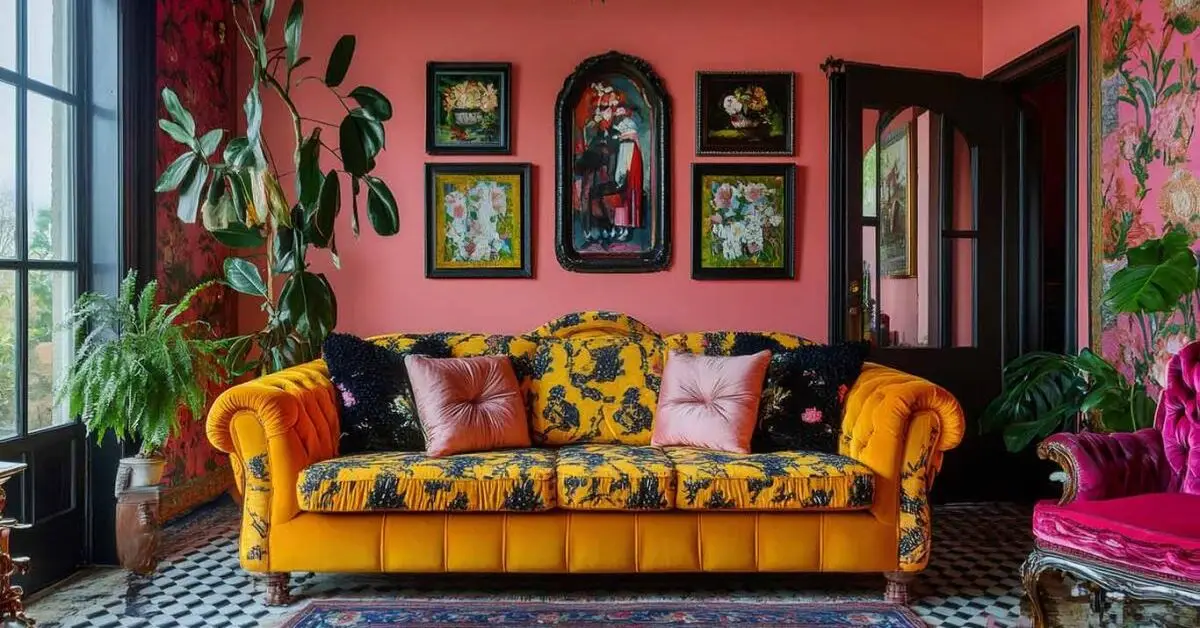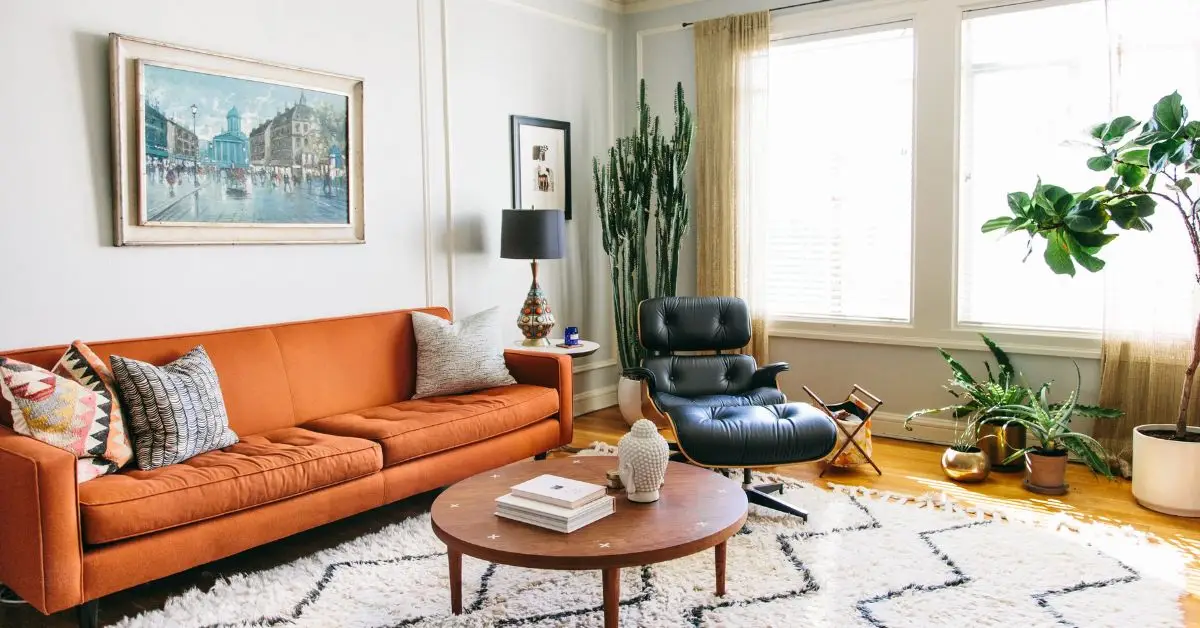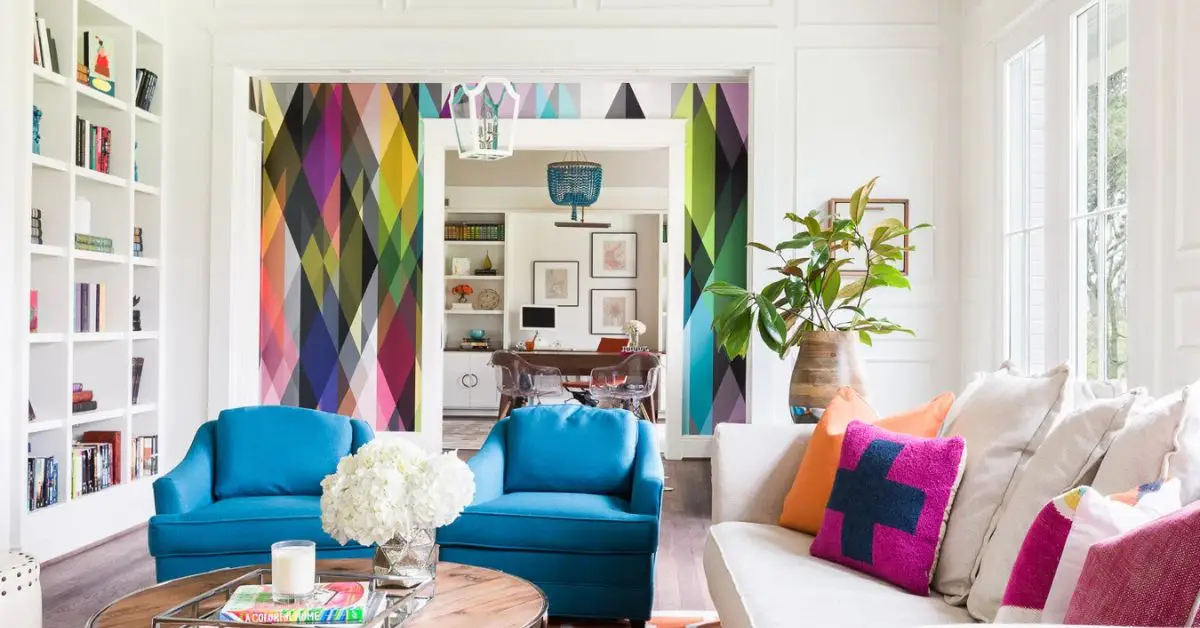5 Bold 80s Style Tricks Every Modern Home Needs
Every time I scroll through Pinterest or Instagram these days, I see flashes of the 80s sneaking back into modern homes. Neon signs, pastel kitchens, chunky curves on sofas—suddenly, what felt outdated a decade ago is being celebrated again. And it makes sense. The 80s were never about playing it safe; they were about personality, boldness, and having fun with your space.
If you’ve been thinking your living room feels a little too plain, or your walls could use more character, borrowing a few touches from the 80s might be the reset you need. Not in a “turn your house into a time capsule” way, but in small, smart updates that spark nostalgia and still feel fresh.
I’m going to share five ideas that I’ve seen work beautifully—ideas you can start with this week without tearing your home apart. Think of them as conversation starters: little ways to bring back that 80s energy while keeping things modern and livable.
What Defined the 80s Aesthetic
When people say “80s décor,” most picture neon lights and loud wallpaper. That’s true, but it’s only half the story. The 80s were a rebellion against the soft minimalism of the 70s. Homes became bolder, brighter, and more playful.
Think of geometric prints, oversized furniture, and colors that clashed on purpose—turquoise with hot pink, or neon green against black. The Memphis design movement, born in Italy, shaped a lot of what we now call “retro cool.” Curved edges, zigzag patterns, and furniture that looked more like art pieces than something practical.
But it wasn’t all neon chaos. Many homes leaned into pastels and warm wood accents, giving kitchens a bubble-gum pink or mint green touch, while living rooms balanced velvet sofas with shag rugs. Even pop culture had its influence—MTV, cassette players, and arcade culture shaped how homes looked and felt.
Here’s the important part: the 80s were about self-expression. People didn’t follow one strict rule—they mixed, matched, and layered until their space felt alive. That’s why this decade is coming back now. In a world where minimalism sometimes feels cold, the 80s remind us that homes can have personality.
1. Go Bold with Maximalist Colors & Patterns

Los Angeles Times
I’ll be honest—color is where the 80s really knew how to have fun. Neon pinks, electric blues, and pastel greens were everywhere. But if you try to throw all of them into your living room today, it can feel more like a nightclub than a home. The trick is balance.
Start by choosing one bold focal point and let everything else play support:
- A rug with geometric neon accents
- A pastel-painted feature wall
- Or even a bright velvet sofa that sets the mood
When you anchor your room with a single statement, you give the eyes a place to rest. Everything else—your neutral walls, wooden textures, or white curtains—keeps it grounded. That way you get the rush of 80s color without feeling overwhelmed.
And you don’t have to take my word for it. Scroll through Pinterest or Reddit and you’ll find countless setups where people mix neon lighting with muted backdrops. It’s proof that the 80s energy works best when one piece takes the spotlight, instead of everything fighting for attention.
If you’re experimenting with bold colors in smaller corners of your home, even your workspace can benefit—our guide on Top 5 Home Office Décor Fixes for 2025 shows how to balance style and function on any budget.
2. Embrace Retro Furniture with Sculptural Curves
If there’s one thing I love about 80s furniture, it’s that it didn’t take itself too seriously. Sofas had rounded edges, chairs came in playful shapes, and lamps arched dramatically across the room. The goal was to make everyday furniture look like art.
Here’s how you can bring that back into your home today:
- Swap a boxy couch for a rounded one with soft edges
- Add an arc floor lamp that sweeps light across the room
- Look for egg chairs or bubble chairs that instantly add retro flair
- Use Memphis-style prints (zigzags, squiggles, color blocks) on cushions or side tables
The important part is restraint. Pick one sculptural piece and let it do the talking. If everything in the room curves, nothing stands out. Pair your retro chair with a sleek coffee table, or balance a bold lamp with minimalist shelves.
Even design experts agree—according to Homes & Gardens, sculptural curves and statement shapes are among the biggest 80s trends making a comeback. It’s a reminder that a single retro piece can transform your space without making it look dated.
3. Add Warmth with Wood & Pastel Tiles

One of the easiest ways to bring the 80s vibe back without going overboard is by mixing wood with soft pastel tiles. The decade wasn’t only about neon—plenty of kitchens and bathrooms leaned on mint greens, baby pinks, and sky blues, often paired with warm oak or walnut finishes.
Here’s how you can try it at home:
- Add wooden photo frames or cabinet knobs for subtle warmth
- Use pastel-colored tiles for a backsplash or bathroom wall
- If you rent, go for peel-and-stick pastel tiles—they’re cheap, renter-friendly, and surprisingly realistic
The mix of wood and pastel creates a space that feels retro yet cozy. And it’s not just nostalgia—designers point out that pastel palettes are trending again because they soften bold rooms and bring balance.
Small swaps go a long way—especially in kitchens. Even updating your handles or knobs can transform the room, as shown in our list of the 10 Best Kitchen Cabinet Hardware Ideas to Transform Your Kitchen in 2025.
4. Accessorize with Nostalgia-Core DIY Touches
If you ask me, accessories are where you can really let your personality shine. The 80s were packed with little cultural icons—VHS tapes, cassette players, Polaroids, and posters of favorite bands. Instead of hiding them, turn those memories into décor.
Some ideas to try:
- Frame an old record cover or cassette sleeve
- Stack vintage VHS tapes on a side table as conversation starters
- Print retro posters and mix them with modern wall art
- Thrift-store finds like neon clocks or kitschy lamps can add instant character
On Instagram, I’ve seen people framing cassette tapes and hanging them like mini art pieces—it looks surprisingly chic. According to Good Homes Magazine, this mix of sentiment and style is exactly why nostalgia-core décor is back in fashion.
The best part? These touches are affordable. You don’t need to remodel your house—you just need to let those little vintage treasures come out of storage and take their place in the spotlight.
5. Function Meets Flair – Modular 80s-Inspired Pieces
One thing I always admired about 80s homes is how clever they were with space. Sure, the colors were bold, but the furniture was often practical—Murphy beds that folded into walls, sliding panels that divided rooms, and shelving units that doubled as décor. It was style with a purpose.
If you live in a small apartment, these ideas still work brilliantly today:
- Murphy beds free up floor space and instantly make a room more versatile
- Sliding pastel panels can separate areas while adding a retro vibe
- Multifunctional shelving gives storage, display, and a design statement all at once
This mix of practicality and playfulness is exactly why modular design has come back into trend. According to Real Simple, multifunctional pieces are one of the smartest ways to borrow from the 80s without losing modern convenience.
So instead of cramming your place with random retro furniture, focus on one or two modular pieces. You’ll get the nostalgic look and the functionality your home actually needs. Modular design isn’t just for apartments—you can also rethink bigger spaces. If you’ve been wondering how to maximize comfort in an underused basement, check out these 9 Expert Tips to Turn Your Basement into a Cozy Living Space.
Modern Hacks to Keep It Fresh (Not Outdated)

I get it—you want the 80s vibe, but you don’t want your house to look like a theme park. The secret is knowing when to stop. The best 80s-inspired homes today borrow the fun without drowning in it.
Here are a few hacks I swear by:
- Balance neon with neutrals – pair that bright pink lamp with a beige or white wall so it pops instead of clashes.
- Limit bold wallpaper to one feature wall – a geometric print behind your sofa can be stunning, but four walls of it will feel overwhelming fast.
- Mix retro and modern pieces – put a curved 80s chair next to a clean-lined coffee table. That contrast makes the retro piece feel intentional, not dated.
Think of it this way: the 80s were about expression. Your job isn’t to recreate the decade—it’s to borrow its confidence and give it a modern filter.
Mistakes to Avoid with 80s Décor
I’ve seen people get so excited about the 80s look that they jump all in—and end up regretting it. A few common traps are easy to avoid if you know what to look for.
- Overloading neon – too many glowing signs and suddenly your home feels like a club, not a cozy space.
- Mixing too many clashing prints – zebra stripes, zigzags, and polka dots together? It gets chaotic. Stick to one bold pattern and let it lead.
- Forgetting functionality – in the 80s, modular and practical pieces were part of the charm. Don’t let aesthetics get in the way of comfort and use.
If you can sidestep these mistakes, your décor will feel nostalgic in the best way—playful, stylish, and livable.
Bringing the 80s Into Your Home Today
The best part about 80s décor is that you don’t have to commit to a full makeover. One rug, one lamp, or even one framed poster can shift the entire mood of a room. The magic of that decade wasn’t about perfection—it was about joy, color, and personality.
So start small. Add a bold feature wall, swap in a curved chair, or dig out an old cassette tape and turn it into art. Every piece you add becomes a conversation starter, and before you know it, your space will feel more alive.
What I love most is how these touches make a home feel less like a showroom and more like your story. That’s exactly why the 80s are back—they remind us to design with character, not just with rules.
Your Turn: Which 80s décor idea would you try first in your own home? Drop your thoughts in the comments—I’d love to hear your take.
Want more practical tips to upgrade your space? Check out Build Like New for guides, ideas, and inspiration to make your home feel fresh and personal.
Disclaimer: The décor ideas shared in this article are for inspiration purposes only. Always consider your budget, space, and personal style before making changes to your home.


